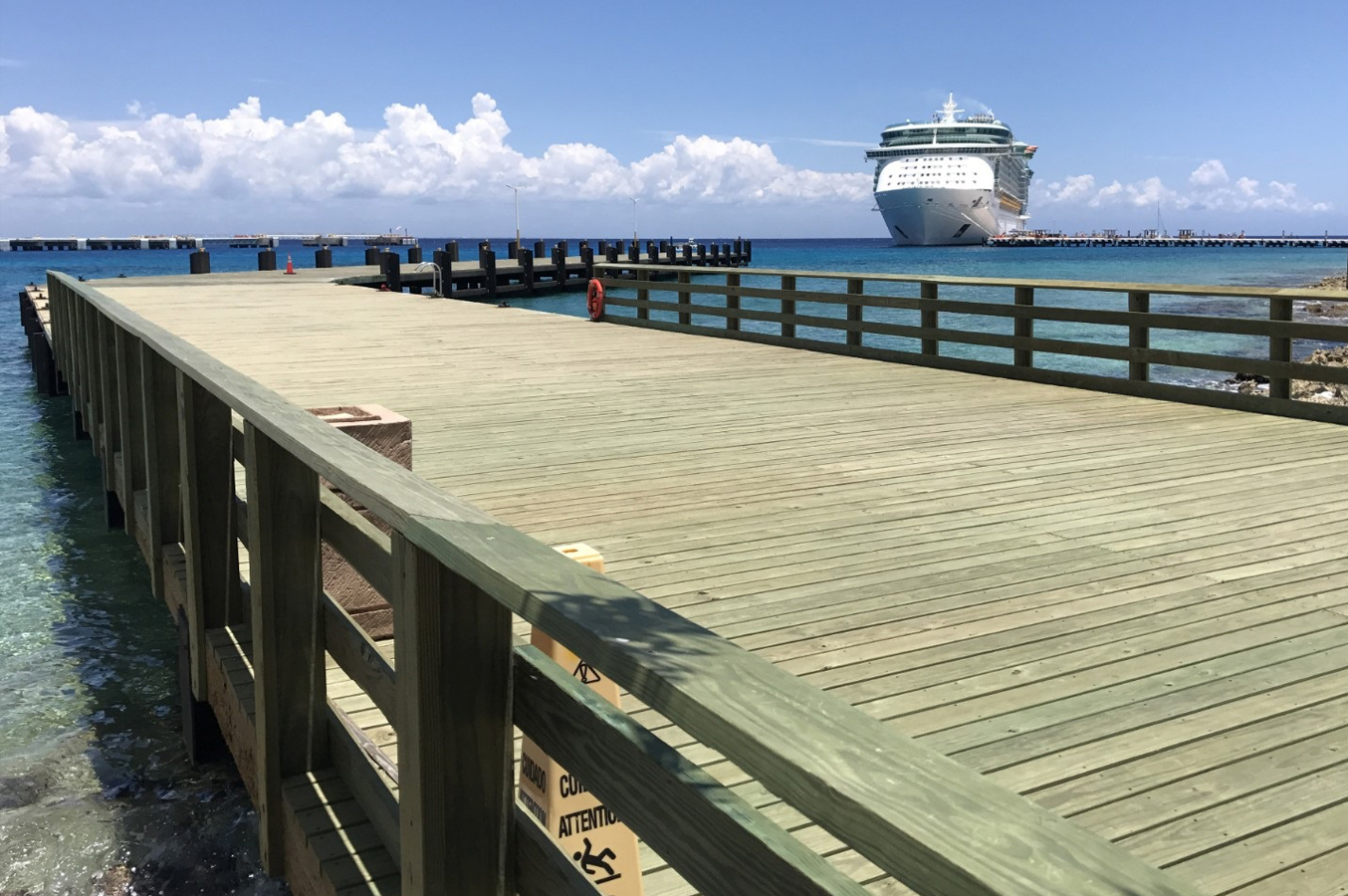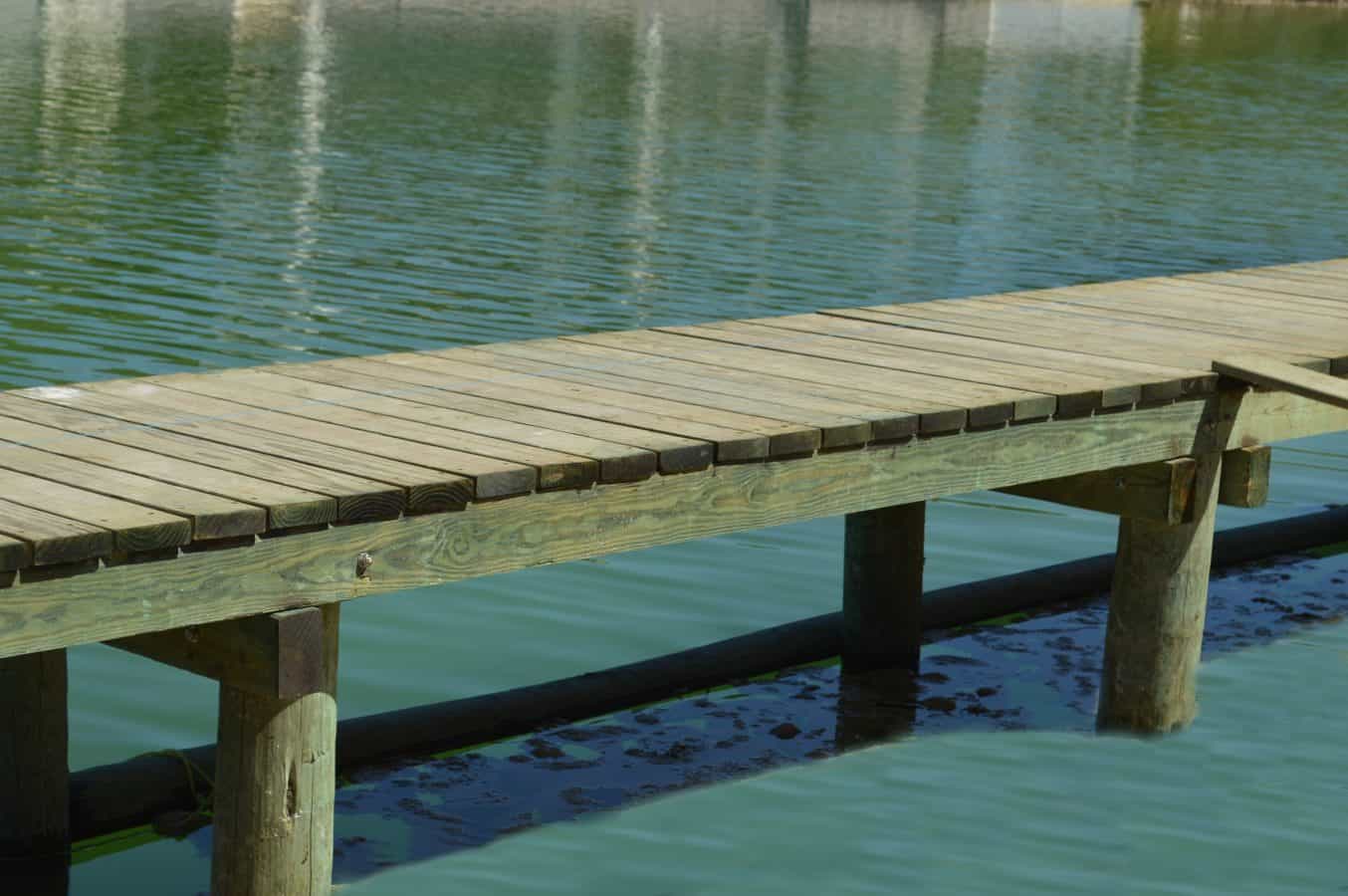Docks are essential structures in coastal and tourist areas, providing safe access to the water for both recreational and commercial activities. During peak fishing and tourism seasons, their resistance and durability are crucial. To ensure a reliable infrastructure, it is necessary to choose the right materials and apply efficient construction techniques. A well-designed dock not only allows for safe and efficient workflow but also becomes a tourist attraction, enhancing the experience of those who visit it.
Importance of a durable dock
A well-built dock not only facilitates the access of fishing and tourist boats but also drives the economic development of the region. Additionally, a resistant structure minimizes the risks of accidents and deterioration caused by environmental factors such as humidity and water salinity. The stability of the dock is also key to ensuring the safety of those who use it daily. A poorly maintained dock can lead to additional expenses in constant repairs, so investing in suitable materials and a functional design from the beginning is a strategic decision.
Moreover, during fishing and tourism seasons, docks receive more traffic than usual. Both fishermen and tourists rely on these infrastructures to access boats and carry out their activities without setbacks. Therefore, the choice of resistant materials and regular maintenance are key aspects to ensuring long-term functionality.
Materials and construction methods
To ensure the longevity of a dock, it is essential to use materials resistant to humidity and marine agents. Treated wood, such as treated pine and roundwood, is one of the best options due to its durability and ease of maintenance. Additionally, marine plywood is highly recommended for surfaces exposed to saltwater, as it resists moisture degradation. Choosing the right wood not only improves the resistance of the dock but also contributes to the aesthetics and harmony with the natural environment.
Depending on the environment and intended use, floating or fixed docks can be built. Floating docks are ideal for calm waters and can adjust to tide changes, while fixed docks, with pilings buried in the seabed, offer greater stability and resistance in areas with strong currents. Floating docks can also be a more economical and versatile option, whereas fixed docks require a higher initial investment but provide greater durability in challenging environments.
It is also important to consider the structural design of the dock. Incorporating elements such as safety railings, non-slip surfaces, and metal reinforcements can make the structure safer and more functional. Additionally, in areas with extreme weather conditions, it is advisable to install additional anchors and reinforcements against strong waves and storms.


Maintenance and wood protection
To extend the lifespan of a dock, it is essential to apply sealers and varnishes that protect the wood from moisture and UV rays. Periodic inspections should also be conducted to detect damage or signs of corrosion in the structure. Reinforcing with additional materials such as galvanized steel can increase the dock's resistance and stability. Furthermore, in high-humidity areas, it is important to use special treatments to prevent the growth of fungi and the action of termites or other insects that may weaken the wood.
Another key aspect of maintenance is regular cleaning. The accumulation of algae, dirt, and marine debris can affect the dock's safety, making it slippery and dangerous for those who walk on it. Using appropriate and environmentally friendly cleaning products helps keep the surface in optimal condition without harming the surrounding aquatic ecosystem.
Regulations and sustainability
Compliance with environmental regulations is crucial in dock construction. Using certified materials such as FSC marine plywood ensures a lower environmental impact and promotes sustainability. It is also possible to incorporate ecological technologies, such as rainwater collection or solar energy systems, to make docks more efficient and environmentally friendly. In many regions, environmental regulations require the use of responsibly treated products to prevent water pollution and coastal ecosystem erosion.
Furthermore, building sustainable docks not only benefits the environment but also reduces maintenance costs and improves the reputation of tourism and fishing projects. Investing in high-quality treated wood and proper drainage systems helps prevent structural damage and extends the dock's lifespan without negatively affecting the environment.
Building a resistant dock is a key investment for safety and efficiency in fishing and tourism. By using suitable materials such as treated pine, marine plywood, and roundwood, along with good maintenance practices, it is possible to guarantee durable and safe structures for continuous use. Additionally, integrating sustainability principles and complying with environmental regulations not only protects the investment but also contributes to the well-being of the ecosystem and the communities that depend on these infrastructures. A well-built and maintained dock can become a symbol of responsible development and a reference point for economic and recreational activity in the region.

